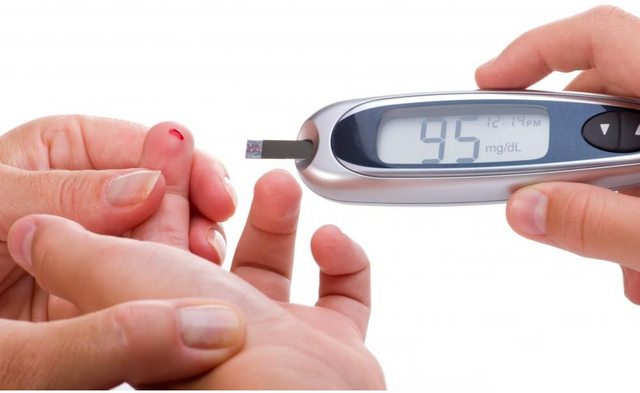Steps of Self Monitoring of blood glucose (SMBG) :
The first step is to meet with a health Care professional (HCP). After identifying the characteristics and needs of the patient, the HCP will recommend a glucose meter, which one can buy at a drugstore, along with all the other materials necessary for self-monitoring: lancets (needles), a lancing device (to take blood), test strips and tissues.
Nowadays in current COVID-19 scenario you can also purchase it from online stores like amazon or flipkart etc.
Diabetic Educators must advice people with diabetes to monitor their blood glucose regularly by following the next steps:
- Wash hands with soapy water and dry them well
- Insert the test strip into the glucose meter
- Insert the lancet into the lancing device
- Prick the end of a finger (on the side)
- Gently squeeze the end of the finger, if necessary
- Apply the blood to the test strip
- Wait a few seconds (the time varies by type of meter)
- Read and write down the result in a logbook or store it in the glucose meter
Choosing a Self monitoring of Blood Glucose or SMBG Device :-
When used and stored properly, blood glucose meters are generally accurate in how they measure glucose. They differ in the type and number of features they offer. Here are several factors to consider while choosing a blood glucometer:
- Insurance coverage (if any)
- Cost
- Ease of use and maintenance
- Special features
- Information storage and retrieval
- Support
Tips for successful Self Monitoring of Blood Glucose (SMBG) Teaching:-
It is recommended that one must check the accuracy of the meter’s readings at least once a year by comparing a fasting reading with a reading done at the same time in a laboratory. To avoid false readings, your test strips and glucose meter must be in good condition. Make sure that:
- The expiry date printed on the test-strip container has not been reached or exceeded
- The test-strip container was not left open after you took out a test strip
- The test strips are in their original container
- The test strips have been kept away from moisture, and stored at a temperature between 4° and 30°C
- The test strips have not been contaminated by dust or other substances
- There is no dust or dried blood on the opening of the test strip
- The glucose meter has not been left in sunlight directly
- The glucose meter has not been exposed to moisture, or to temperatures below 5° C or higher than 30° C
- The glucose meter has not been dropped, or been in contact with a liquid
Important pointers for Diabetic Educators :
- Explain factors that can affect glucose levels
- Thoroughly explain the user techniques to measure blood glucose levels
- Explain the people with diabetes regarding changes in meters or strips
In India , Where insurance do not cover diabetes and related purchases then cost of such monitoring is additional burden on people. still it is recommended to use self monitoring of blood glucose (SMBG) atleast in current pandemic scenario.
You can check out Dr. Nikhil Prabhu‘s Youtube video on how to use glucometer at home (Hindi) :
If you like this article share this with your friends and family !
& do subscribe to our Youtube Channel :- https://www.youtube.com/user/drnikhilprabhu



